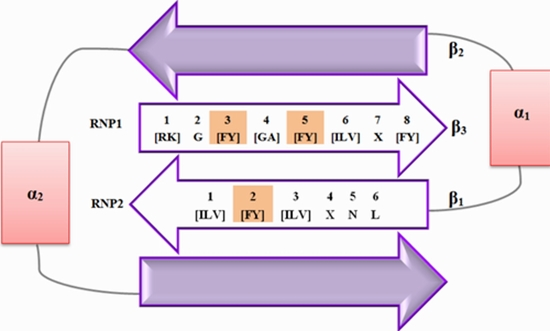Dead-End protein expression, function, and mutation in cancer: a systematic review
Cancer incidence is rising globally, particularly in aging populations. Understanding the genetic, cellular, and molecular mechanisms underlying cancer is crucial for developing effective interventions. Dead-end protein 1 (DND1), an RNA-binding protein, plays a pivotal role in germ cell regulation and tumorigenesis.

Cancer incidence is rising globally, particularly in aging populations. Understanding the genetic, cellular, and molecular mechanisms underlying cancer is crucial for developing effective interventions. Dead-end protein 1 (DND1), an RNA-binding protein, plays a pivotal role in germ cell regulation and tumorigenesis. This systematic review investigates DND1’s multifaceted roles in cancer progression and evaluates its interactions and potential as a therapeutic target. A systematic search of four databases (Web of Science, MEDLINE via PubMed, Scopus, and Embase) yielded 436 unique records. After screening, 38 studies were included for data extraction. STRING-based network analysis identified key interactors-including NANOS1-3, TDRD7, DAZL, and EIF2S2- and pathways associated with RNA binding, translational regulation, and apoptosis. DND1 demonstrates dual, context-dependent roles as both a tumor suppressor and promoter. Its regulation of miRNAs and interaction with germ cell-specific proteins emerged as critical mechanisms in tumor suppression and progression. This study highlights DND1’s central role in cancer biology, with significant implications for diagnostics and therapeutics. The findings provide a robust foundation for experimental validation of key interactions and further exploration of DND1’s molecular mechanisms. The dual functionality of DND1 as a tumor suppressor and promoter underscores its potential as a target for novel cancer therapies, particularly for germ cell tumors and other cancers.




ارسال نظر